Dec 12, 2025 • Filed to: Solve Mac Problems • Proven solutions
Just like any other device, the MacBook is also vulnerable to working issues. Usually, when a fault or error arises on the MacBook, the users opt for Recovery Mode to fix the issue. But the worst situation is when the macOS recovery mode gets stuck.
Luckily, you don't even have to worry about this problem as we can help you resolve it and even recover lost partition files.
Now, let's discuss how to fix Mac won't boot into Recovery Mode and also get some extra helpful information, for example, what's Recovery Mode. Even you can also learn the best solution to recover lost partition files.
Try Recoverit to Perform Mac Data Recovery

8 Ways to Fix Mac Won't Boot into Recovery Mode
In some instances, Mac users try to resolve some common disk errors or some other issue with Mac, and they find out that the Mac recovery mode is stuck. If the Mac won't boot into recovery mode, it means you have to use the Internet connection and Apple server to look for a possible solution.
Here are 8 common macOS recovery methods that can resolve almost any issue on your Mac to ease up your tension and worries.
Way 1. Check your Keyboard
To boot into Recovery Mode on Mac, Command and R keys are necessary. So if you failed to boot into Recovery Mode, it’s recommended to check whether your keyboard still works. You can check it by connecting your keyboard with another computer, or try another keyboard for your mac.
Way 2. Try Different Keyboard Shortcut
The general keyboard shortcut to boot into recovery mode may not work if it is Macs that have a T2 chip. In this situation, it’s recommended to try a different shortcut to solve the mac can’t boot into recovery mode issue. You can try this one: Option/Alt + Command (⌘) + R.
T2-chip Macs include,
- iMac Pro
- Mac Pro 2019
- Mac mini 2018
- MacBook Air 2018, or later
- MacBook Pro 2018, or later
Way 3. Reset SMC
A bug in SMC may be the reason that why your Mac won’t boot into recovery mode, as it controls features like power, battery, fans, etc. and is essential for Macs’ functioning. If your Mac can’t boot into recovery mode, you can reset the SMC on this way to fix this issue:
- Turn off the computer and unplug it completely.
- Plug it back. Press and hold the keys: Control, Shift, and Option along with the Power button for 10 seconds. Release all the buttons and restart. Now, your SMC has been reset.
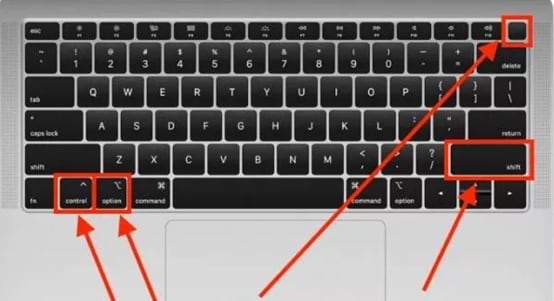
Way 4. Use Safe Mode
Mac’s safe mode is able to verify your startup disk and attempt to repair directory issues. So, you can find out why your mac can’t boot into recovery mode on this way. Follow this to enter Safe Mode:
- Power off or restart your Mac. Then press and hold the Shift key immediately as your Mac starts up.
- Release the key when the login screen appears, then log in to macOS.
- It may need you to log in again. On either the first or second login window, the Safe Boot will appear in the upper-right corner of the window.
You can try to boot into recovery mode once you’re finished with safe mode.
Way 5. Use Time Machine Backup
Mac users make a smart move as they keep their Backup external drive connected to Time Machine. If any file is lost or corrupted, the users can restore the files using the Backup. It often comes in handy when you can't boot into recovery on Mac.
- Restart Mac and click on the Options tab during start-up. Connect your Time Machine, and it will boot in a while.
- Choose the Recovery Drive to boot Mac and click on Use Disk to update the system storage.
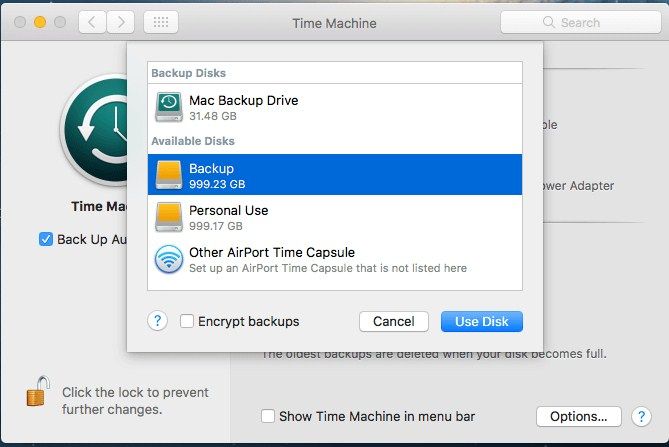
Way 6. Create a bootable installer
You can also use if the Mac recovery mode is not working to create a bootable installer using the Disk Utility feature. It is advised that you use a dedicated USB for this process. The steps you have to follow are given below:
- Get to the Utility window by restarting your Mac and accessing the Options tab during start-up.
- Choose the Disk Utility mode and connect a bootable installer drive with the Mac.
- You have to select the drive from the pop-up list, and Mac will restart. Now you can repair Mac easily so that it can be used like before.
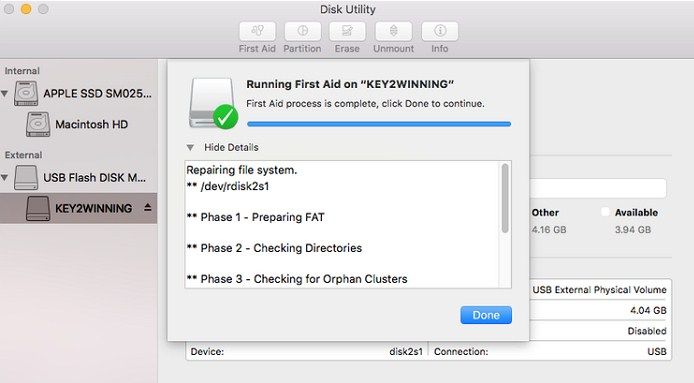
Way 7. Use Mac Internet Recovery
If you have no idea what to do to resolve the macOS recovery, not working issues, you can rely on the Internet recovery feature! As you get your Mac online, it will automatically look for a viable solution to repair Mac.
- Directly access the internet recovery mode by long-pressing the Option + Command + R during the restart. A globe icon will appear on the screen with a status bar.
- Connect to a network and follow the steps guided by the utility. When you finish the process, Mac repair will be done, and you will access it.
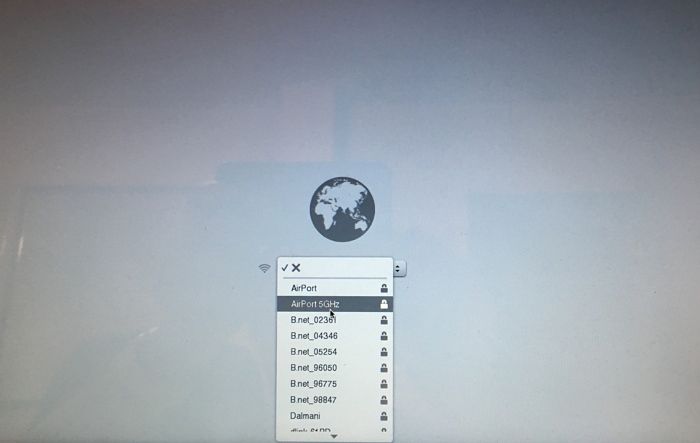
Way 8. Reinstall Mac OS X
If none of the methods work out to repair the Mac OS X, then the last option left will be re-installing. It is the final logical solution. It will be better if you already have a backup of the data files stored on Mac; otherwise, they will get lost.
Choose the "Reinstall Mac OS X" option from the Utility window and wait while the new copy of Lion is set up and installed on your device.
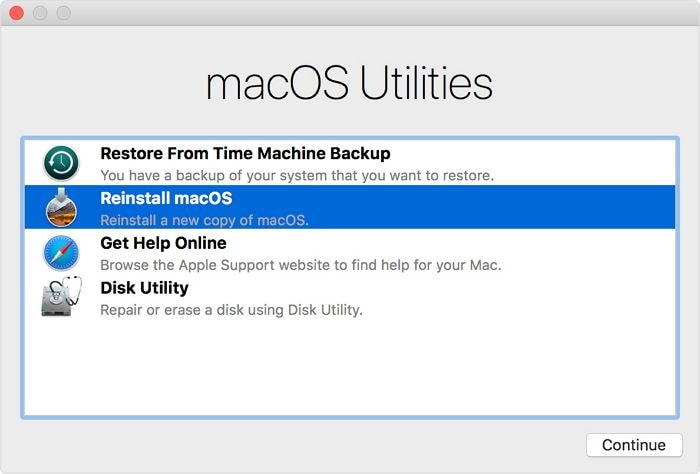
Video Tutorial on Mac Won't Boot into Recovery Mode
What Is Recovery Mode?
As we are trying to fix the Mac won't boot into recovery mode, you must know about this mode as much as possible. Mac Recovery Mode is like a program that loads the Mac built-in recovery tool from a specific disk partition that holds the duplicate OS X installer with a recovery image.
Just think about a situation when your Mac couldn't be recovered using any other method. Then the last option left would be using the Recovery mode to diagnose disk problems. It is a multifunctional Mac utility that enables the users to recover and restore data from Time Machine safely. The users can also fix and wipe the data on the hard disk and even re-install macOS.
You can use the Mac Recovery Mode to:
- Scan, verify, erase, and repair the connected drives with Disk Utility.
- Restore Mac from Time Machine Backup
- Erase, Install, or re-install factory version of OS X
- Check the Internet connection or get help online.
- Reinstall the macOS system
After this, you'll need to know how to enter and exit the recovery mode.
How to Enter Recovery Mode?
- Start with clicking on the Apple menu and choose the Restart option or Power on your Mac.
- When the Mac restarts, hold the Command + R keys together until the Apple logo appears. Within a few minutes, the macOS utility window will appear on the screen.

This is how to enter recovery mode. In case the login window doesn't appear on the screen, you might have to restart your Mac and try again.
How to Exit Recovery Mode?
It often happens that you enter the Recovery mode but don't know how to exit recovery mode. But it is straightforward.
- You only have to choose the "Restart" option from the Apple menu to exit the mode.
- You can also use the Startup Disk option from the menu if Mac keeps returning to the recovery mode. Your Mac will be good to go by selecting the normal boot disk and clicking on the Restart button.
Part 3. How to Start Mac in Recovery Mode?
When the Mac system or volume is damaged, it is better to use the Internet recovery mode instead of standard recovery. Internet recovery starts up Mac from Apple's servers directly. It can run a quick test of the memory and hard drive to look for issues.
Mac will enter the internet recovery mode if the boot sector is missing or the recovery partition is damaged or corrupted. To start Mac in recovery mode, here are the steps that you need to follow:
- Restart or power on Mac and hold the Command + Option + R keys after hearing the start-up chime. Release the keys when you see the animated globe on the screen.
- Depending on your Internet connection, it might take a while, so keep your Mac connected to a power source.
- Once the connection is established, you will see the macOS utility window on the screen. You only have to click on the option to select one of them.
The recovery tools allow the users to re-install the version of macOS or restore the computer. Apart from this, you can run Disk Utility to fix errors and look online for solutions too. You can explore more from Wondershare Video Community.
Video Tutorial on How to Boot Mac into Recovery Mode
You may also like: The 5 Best Partition Recovery Tools for Mac
Part 4. How to Recover Lost Files on Mac
If you don't have a backup copy of your data files and lost them because of the recovery mode, you will need Recoverit Data Recovery Mac.
It is a complete data recovery tool that can restore a lost file from Mac's recovery mode, along with other data loss scenarios. This tool is skilled in getting the important files back on your device from any storage space.
You can download the software from their official website. The software is available for Mac and Windows both. So, you can easily download it on your Mac OS X. After it is installed, follow the steps given below to recover the lost files:
Step 1: Select a partition.
Launch the software and select the drive from where the data files are lost. If you don't know which drive to search, tap on the "I can't find my partition" option and hit the Start button.

Step 2: Scan the partition.
Typically, the software will run an all-around scan and search for the lost and deleted files on the entire drive.

Step 3: Preview and recover partition
When the scan completes, the files will be listed on the screen. The software will sort out the files according to format to make the search easier. You can select multiple files at a time and have a preview of them.

Finally, tap on the Recover option, and the files will be restored on your drive. During recovery, make sure that you don't save the files in the same location because it may lead to data loss again.
Hopefully, you have gathered more than enough information if your Mac won't boot into recovery mode. You can repair your device by using the Mac Utility. But if the Utility can't help you out, then you can rely on Recoverit Data Recovery. This way, you will be able to recover lost data from your Mac.
People Also Ask
-
Why can't I boot into recovery mode on my device?
There could be several reasons for this issue, such as a corrupted recovery partition, a malfunctioning hardware component, or a software glitch. -
Can a software update cause the inability to boot into recovery mode?
Yes, a software update can sometimes cause conflicts with the recovery mode, leading to issues with booting into it. In such cases, rolling back the update or seeking a software fix may be necessary. -
How to Boot into Recover Mode?
1. Shut down your Mac.
2. Press the power button to turn on your Mac.
3. Immediately press and hold the Command and R keys on your keyboard.
4. Keep holding the Command and R keys until the Apple logo appears.
5. Release the keys when you see the Apple logo, and your Mac will boot into recovery mode.
What's Wrong with Mac
- Recover Your Mac
- 5 best data recovery software for Mac
- Recover my trashed files.
- Recover deleted files on Mac.
- 3 ways to restore Mac photos.
- Recover SD card files on Mac.
- Recover files from external hard drive on Mac
- Fix Your Mac
- Fix grey screen at startup.
- Ethernet issues occur | Fixed.
- Mac won't shut down. Boot it.
- Solve flashing question mark.
- Fix slow WiFi after upgrade.
- Delete Your Mac
- Format your USB drive.
- Delete APFS partition.
- How to format APFS drive.
- What can be cleaned on Mac.
- Format external hard drive.
- Learn Mac Hacks

 ChatGPT
ChatGPT
 Perplexity
Perplexity
 Google AI Mode
Google AI Mode
 Grok
Grok
























Sue Wayne
staff Editor